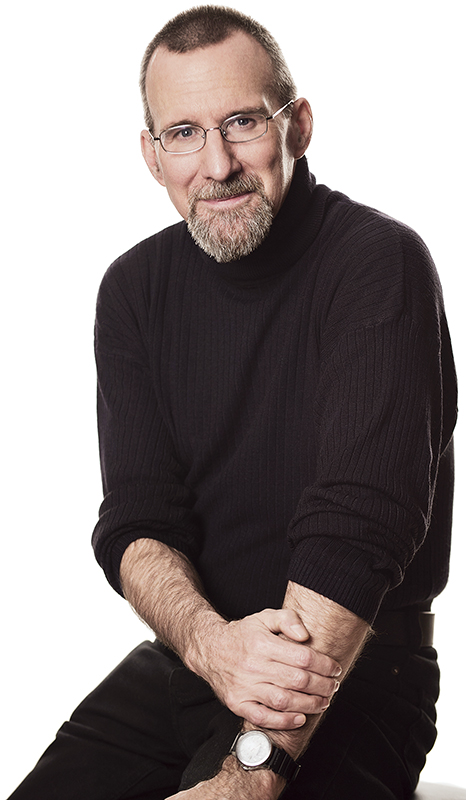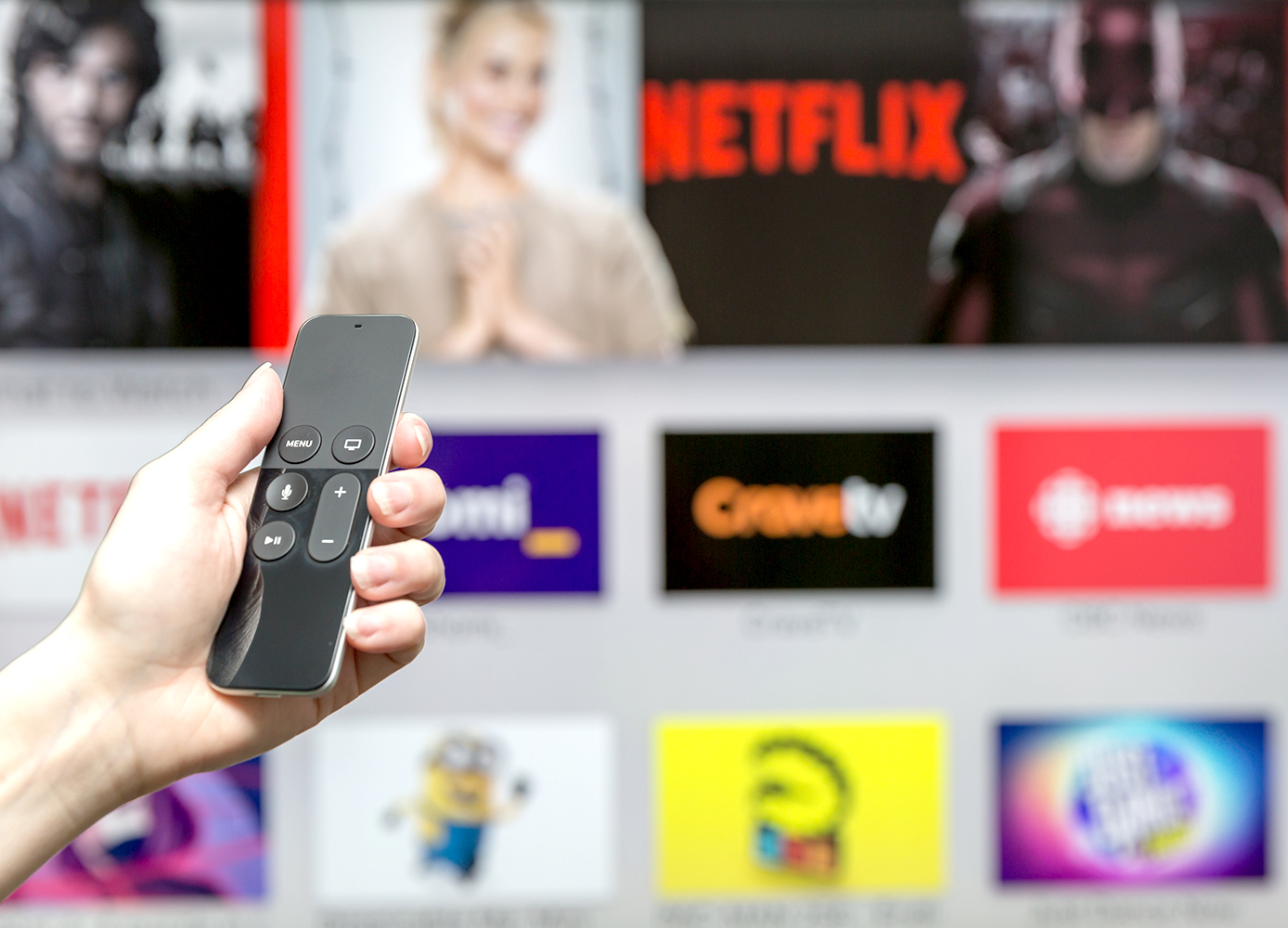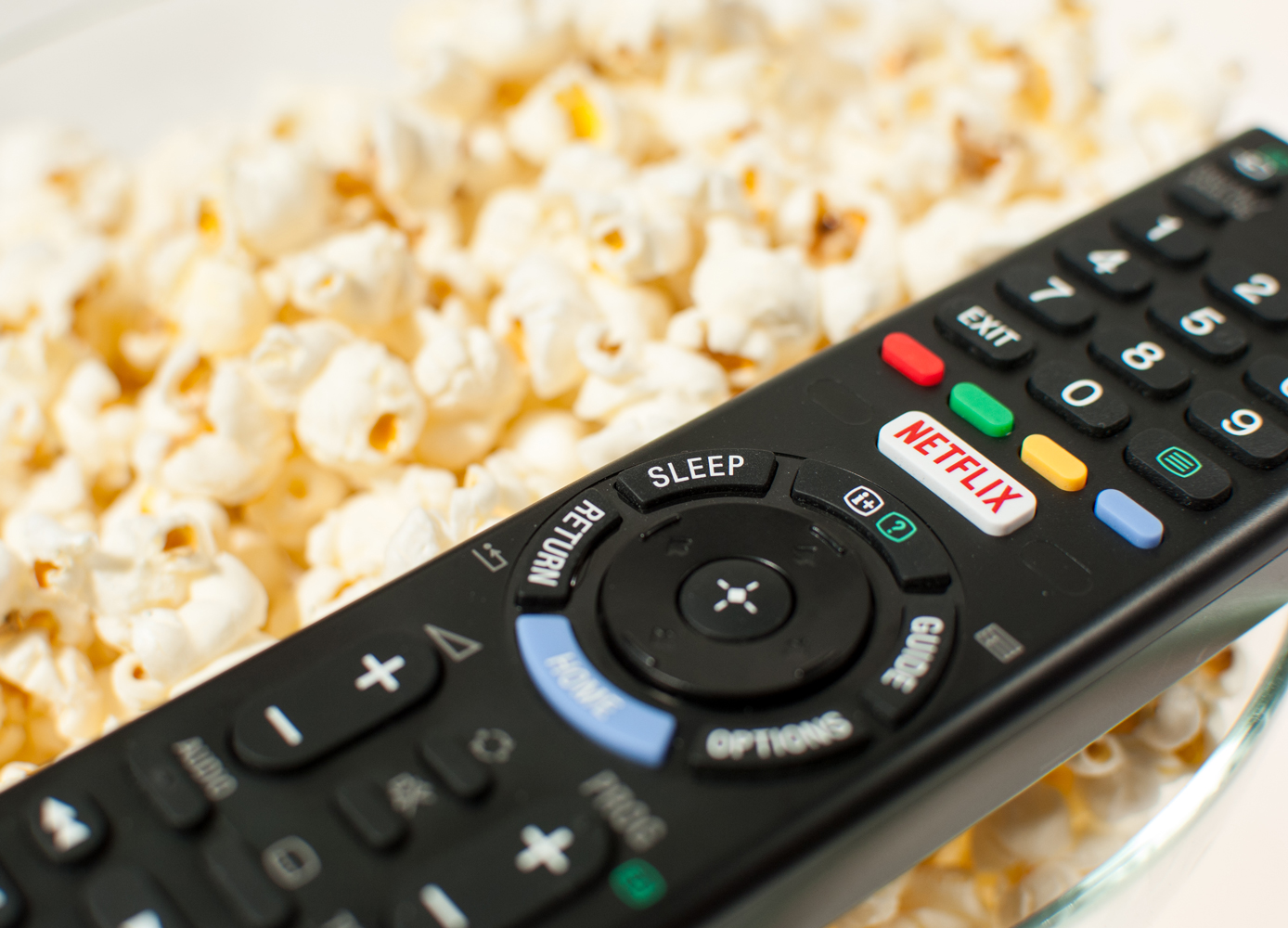How did we end up with so many TV channels?
By Murray Lewis
Photo: iStock/Onfokus.
Watching Jeopardy! recently, I experienced an unwelcome and unsettling revelation. After failing to answer a single question in a category about TV shows, not one of which had I even heard of, I realized that I can almost never answer a question about a contemporary TV series or any of the actors in them. Even worse, I realized that all questions about TV shows are about contemporary TV shows, because the only other kind—the kind I know about—are old TV shows. Which means that I, too, am…older than I was. But apart from my having aged, how did I get to be so out of touch? The answer, I think, is that TV has changed a lot more than I have over the years.
There was a time—back when TVs had actual tubes in them—when most Montrealers, because we lived 45 minutes from the US border, had a choice of five television channels to watch, each dedicated to a specific network—CBC, CTV, and the three Americans: ABC, CBS, and NBC. In 1969, PBS joined the club, but it remained a pretty small club. As a result, if we wanted to watch TV at, say, 8 p.m. on a given day, we had a total of six shows to choose among—six networks, six shows. And those shows had their appointed time slots. If you wanted to watch Ed Sullivan, Tommy Hunter, or Carol Burnett, you had to be in front of the TV when they were on TV, because that was the only time to see them.
You might think I’m stating the obvious—which, to me, I am—but to someone in his or her teens today, the TV landscape of decades ago must seem as strange as a very foreign and not very exotic land. From six channels, the number of options available grew as more and more cable channels appeared, until it was no surprise at all to hear Bruce Springsteen lament in 1992 that TV consisted of “57 Channels (And Nothin’ On).” And then came the day TV shows were no longer “aired” or “broadcast” but “streamed” digitally. Netflix offered a vast array of shows for you to watch on your computer, or on your TV if you connected it to your computer or video-gaming device. (The TV I bought last year after its predecessor’s demise actually has Netflix already loaded on it—and a big white Netflix button on the remote!) To Netflix have been added Amazon Prime, BritBox, Crave TV, Hulu, and many other streaming TV options to which you can subscribe. More are coming. And of course, you no longer have to watch at a given time to see a given show—streaming services allow you to watch whatever you want whenever you want. But when? In 2017, the number of scripted English-language shows available rose to 487, and in 2018, it soared past 500; if you slept for eight hours a day but watched TV every moment you were awake, you’d still have only 112 hours a week to devote to TV. Is it any wonder I’ve never seen—much less heard of—most of the shows on TV?

Photo: Laurence Labat.
Obviously, I have some catching up to do. Of course, when you find a show you really like, you can always binge-watch it. Now where’s that remote?
Murray Lewis, Editor-in-Chief
goodtimes@bayardcanada.com






